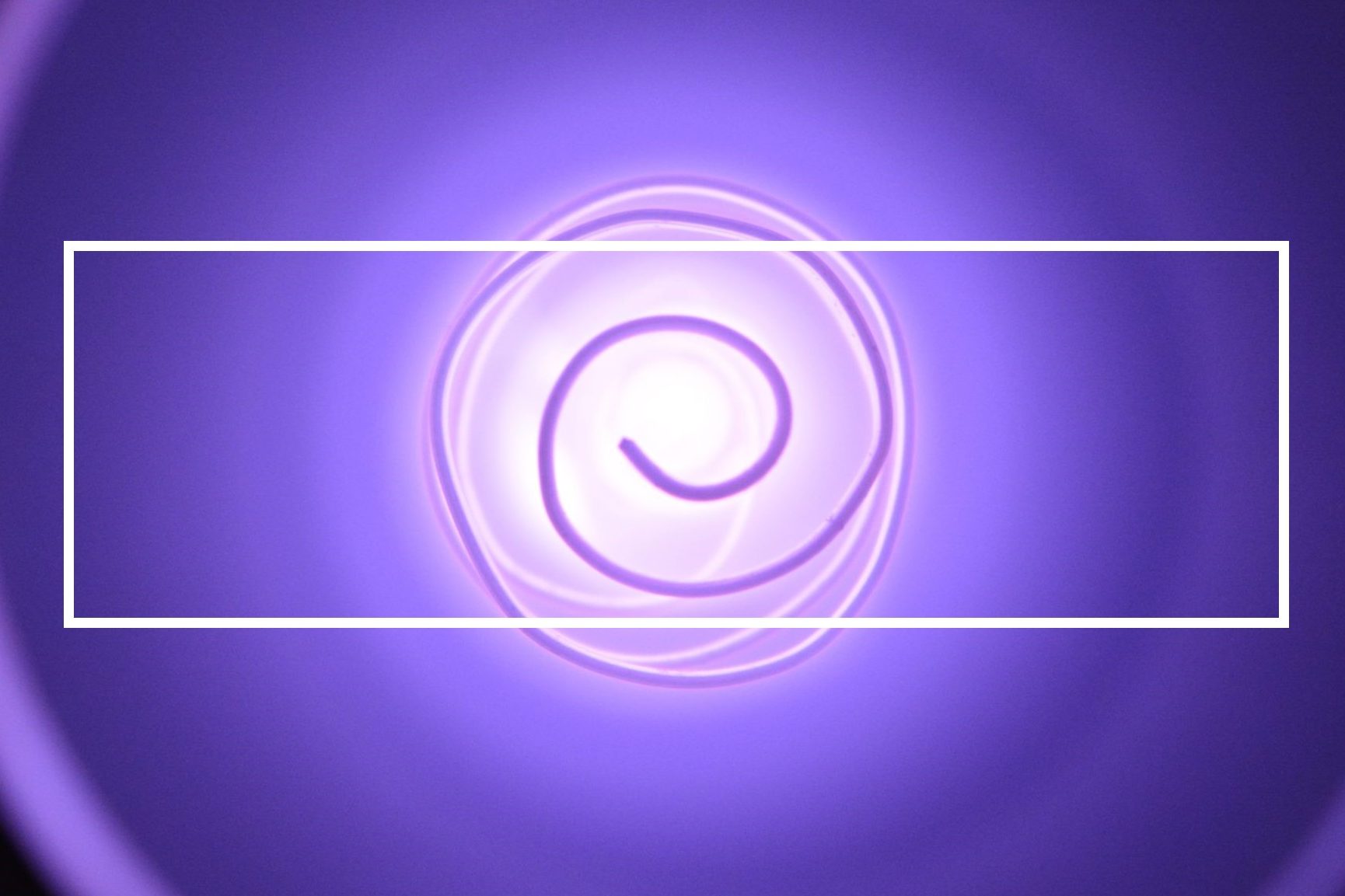
Our Mission
We are pushing the boundaries of Nuclear Science and Engineering, allowing all disciplines to develop their skills and hone their abilities and expertise. Our team strongly believes that nuclear science has the ability to tackle crucial global issues, such as clean energy generation and medical diagnostics. We strive to unlock the immense potential of nuclear science by employing innovative problem-solving techniques and fostering interdisciplinary collaboration.
Our Designs
The teams previous and current design concepts and work
RTG
Radioisotope Thermoelectric Generators (RTGs) are devices that use decay heat produced by radioactive isotopes to create power. Thermoelctric Generator modules use semi-conductors to convert the thermal energy into electric energy. RTGs are used in to power deep space probes, satellites, lunar missions, and even Mars Rovers. Our goal is to improve the RTG design used for powering lunar missions. We changed the heat decay mode from radiative heat decay to conductive heat decay into the lunar soil. The first step of this design was to determine the best geometry for the RTG.
To determine the best geometry for the RTG we used StarCCM+ to simulate the devices running. The two geometries test were hexagonal and octagonal. The images shown below detail the CAD used and the temperature distribution found after the simulations finished.



A summary was submitted and accepted to the American Nuclear Society student design competition based on this RTG design. However, the conference and competition was canceled due to the COVID-19 pandemic.
Neutron Tomography
Neutron Tomography is a type of nondestructive imaging involving the use of neutrons to construct three dimensional images of a given sample. Neutron tomography setups produce a three dimensional image by combining multiple two dimension images that have a known rotational distance apart. These two dimensional images are captured by a traditional neutron imaging system which uses a neutron beam, a scintillation screen, a mirror, and a camera to capture a representation of the objects interior densities. Neutron Tomography setups are used in various industries to gauge the interior mechanics of samples which helps better the understanding of nuclear fuel failures, airplane hull cracks, and metal samples which x-rays cannot penetrate. Our goal for this project is to implement a reliable neutron tomography setup at MSTR that is easy to perform maintenance on and operate. The first step of this project was designing and testing a traditional neutron imaging device.
Using measurements from MSTR’s beam port and some optics calculations a 3d printed light proofed outer casing was made. This casing was tested to be light proofed and a scintillation screen, first surface mirror, a camera lens, and an astrological camera were all placed inside where they were calibrated accordingly.
Current work on the Neutron Tomography project includes image postprocessing and construction of a turntable.
Our Leadership
President
Christopher Beck
Vice President
Patrick Wagner
Public Relations
Star Nedved
Research Organizer
Tommy Williams
Treasurer
Sara Payer
Secretary
Katelynn Teigen
